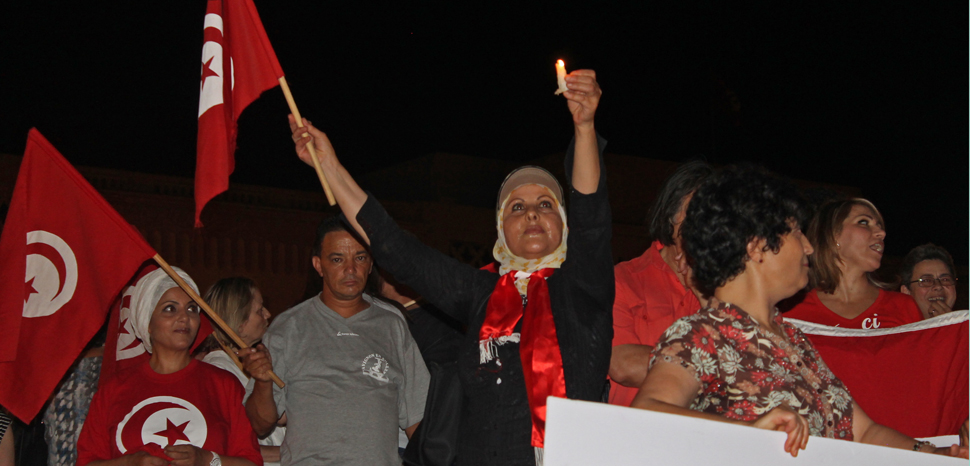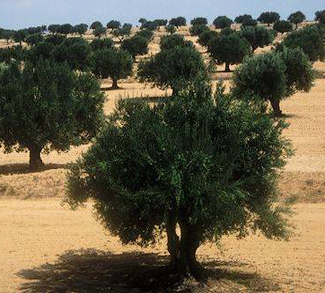Summary
Tunisia is once being enveloped in anti-government protests, and the economic issues fueling them haven’t changed much since 2010.
Tunisia’s Mohamed Bouazizi inadvertently gave rise to the Arab Spring just over seven years ago when he set himself on fire to protest corrupt policemen confiscating his fruit cart. After the subsequent upheaval and overthrow of long-serving president Zine El Abidine Ben Ali, Tunisia made great strides in the political sphere, holding free and fair parliamentary elections in 2011 and adopting a new constitution in 2014. Yet economic relief has remained elusive for the country’s long-suffering citizens, and recent attempts by the government to impose austerity measures have been the spark that can reignite popular discontent.
Background
There has been no real economic dividend to speak of since the downfall of Zine El Abidine Ben Ali, which makes the new austerity measures such a hard sell for the Beji Caid Essebsi government. Yet painful structural reforms and greater fiscal discipline are just what the country needs: Tunisia grew at just 1% in 2016, 2.3% in 2017 (projected), and is expected to see 2.8% growth in 2018 according to the World Bank. The numbers pale in comparison to the 4% expansion that preceded the Arab Spring, and they represent a feeble recovery from the two-year period of contraction that followed the Great Recession. Inflation has also been creeping upward through last year, hitting 6.4% in December 2017 – up from 4.2% just a year before. Youth unemployment remains stuck at 25%, and the national jobless rate is a woeful 15.3%.




